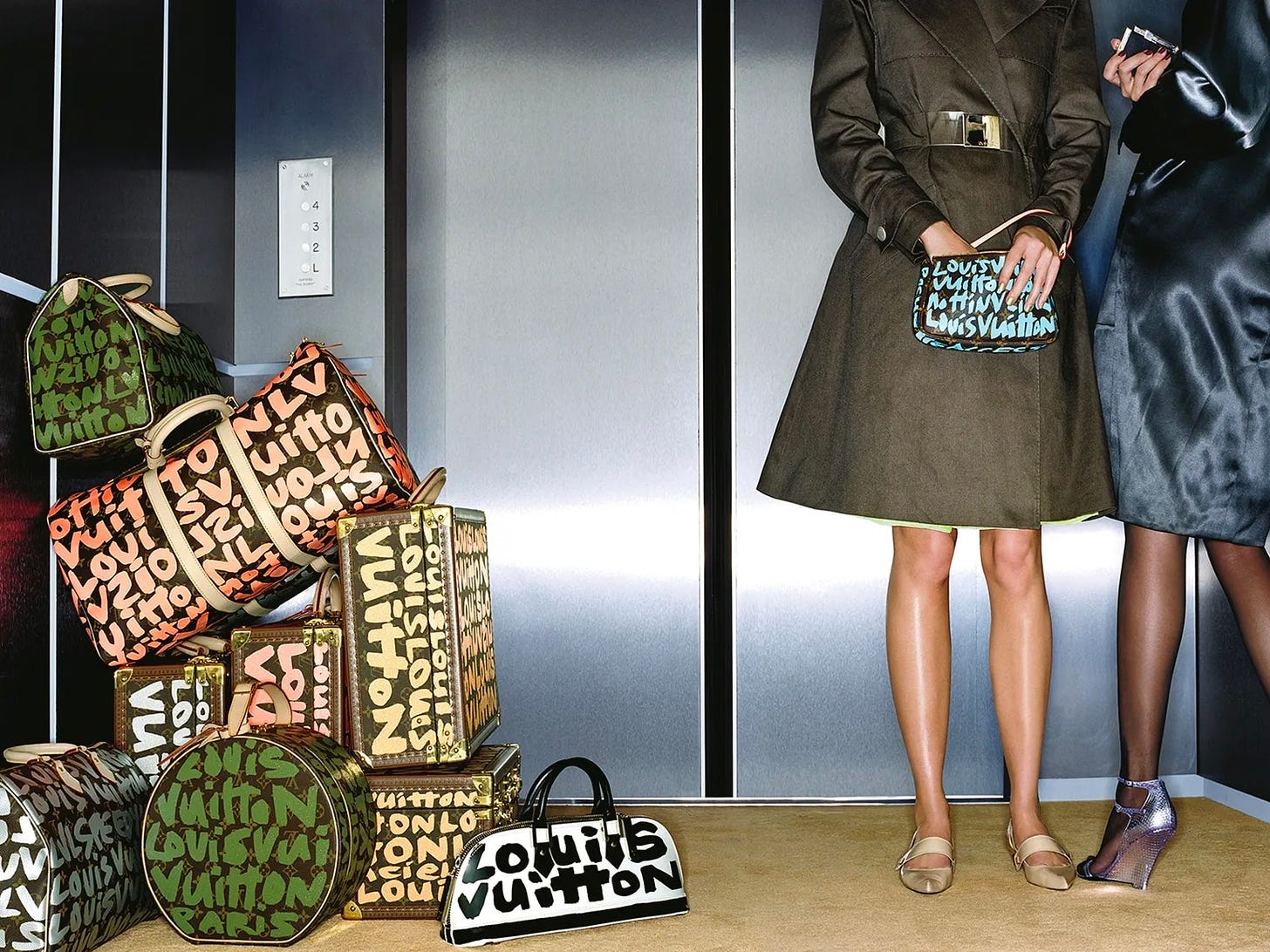How will the creator economy change in Web3?
aka I’ll take any opportunity to write about Kim Kardashian.
Actually, that’s not the question I want to ask.
I want to ask three questions. True to the running theme of this newsletter, only questions, no answers.
In the future….
How will we find influencers?
How many influencers will there be?
Does it change how brands interact with influencers?
On to number one - As you’re all aware, social media birthed the creator economy as we know it, killing traditional media and giving rise to a legion of mega-influencers, influencers, and micro-influencers. What happens in Web3? What will be the consumer platform that connects us?
I’m always confused when I hear decentralization arguments, saying that in the future, we won’t have these tech behemoths acting as intermediaries, and creators will have all the control. Not unrelated to my last post, how do you discover these content creators if you don’t have Youtube/Insta/TikTok? That is a real question, and I’m on a hunt for real answers.
And now to the numbers?
From a great article in AdWeek by Allison Ferenci (co-founder and CEO of Camera IQ, the no-code design platform for AR) “By its very nature, you don’t necessarily watch or view the metaverse so much as take part in it. Your very presence in it helps change it in ways both large and small. The metaverse replaces the flat, two-dimensional world of the web with a 3D (or in some cases even 4D) experience that is much more like real life, only without any of the pesky rules of quantum physics.”
What does that open up in terms of influencer capabilities? I may not want to show you my whole, (idealized) real life on Instagram. Maybe I value my privacy. But what about in an immersive world. I can show you my avatar’s whole life; it’s a step removed. If I’m a musician, I can host intimate concerts in my virtual living room. Fans can be up close and personal with me, ask questions, and, if we’re being really commercial, shop my rug and copy the coffee I drink. My whole life can be one big, branded opportunity. You can see where this goes with fashion/beauty/lifestyle influencers. And, of course, Kim. Sky’s the limit.
And for brands?
Will a world where everyone is a creator change how brands access their fans and would-be fans?
From the same Ad Week article, “No longer content to just sit back and be marketed to, they (metaverse/web3 participants) prefer to play a role in defining your brand, to have a say in what it means to them, to have agency.” If your immersive world is user-defined, there’s room for creators to change your brand or co-opt in ways you aren’t expecting. This is a blessing and a curse for obvious reasons.
Brands will also co-opt talent, much as they always have. LV being the best example with the Sprouse et al. handbags. It’s cool to borrow from more fringe talent; that’s a tried and true tenet of luxury marketing. And of metaverse marketing. But will you pay the creators differently?
Tommy Hilfiger “partnered with Roblox community creators who reinterpreted some of the brand’s signature pieces. The resulting collection of 30 digital wearables was available for players to purchase for their avatars to wear within the Roblox gaming universe.” Do you do a rev share in this scenario? Who has the power? The expectations in Web3, I think, change the way creators negotiate, knowing that their direct access to consumers is higher than ever before. But, they are still beholden to the platforms to deliver audiences, so maybe nothing has changed?
I visited Tim Hughes on his #TimTalk podcast to talk about Web3 marketing, and we covered it all, though there’s never enough time for all the things I find exciting. If you’re interested in hearing my thoughts instead of reading them, check it out.
If you’re enjoying these thoughts, why not share with a friend.


